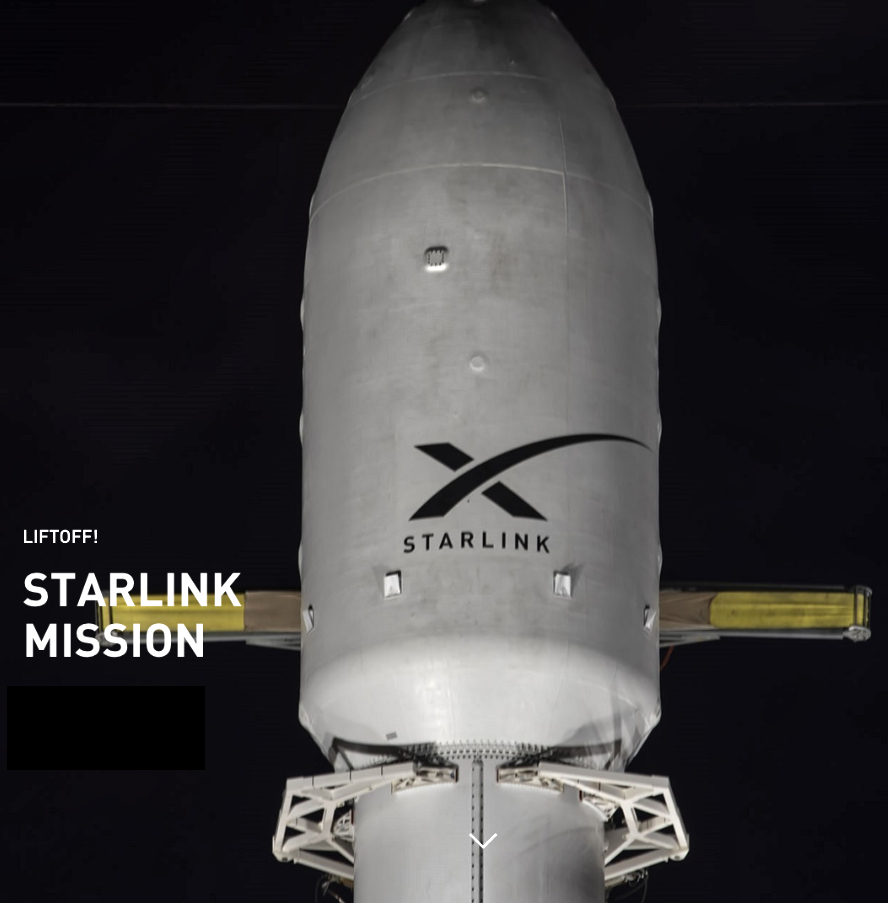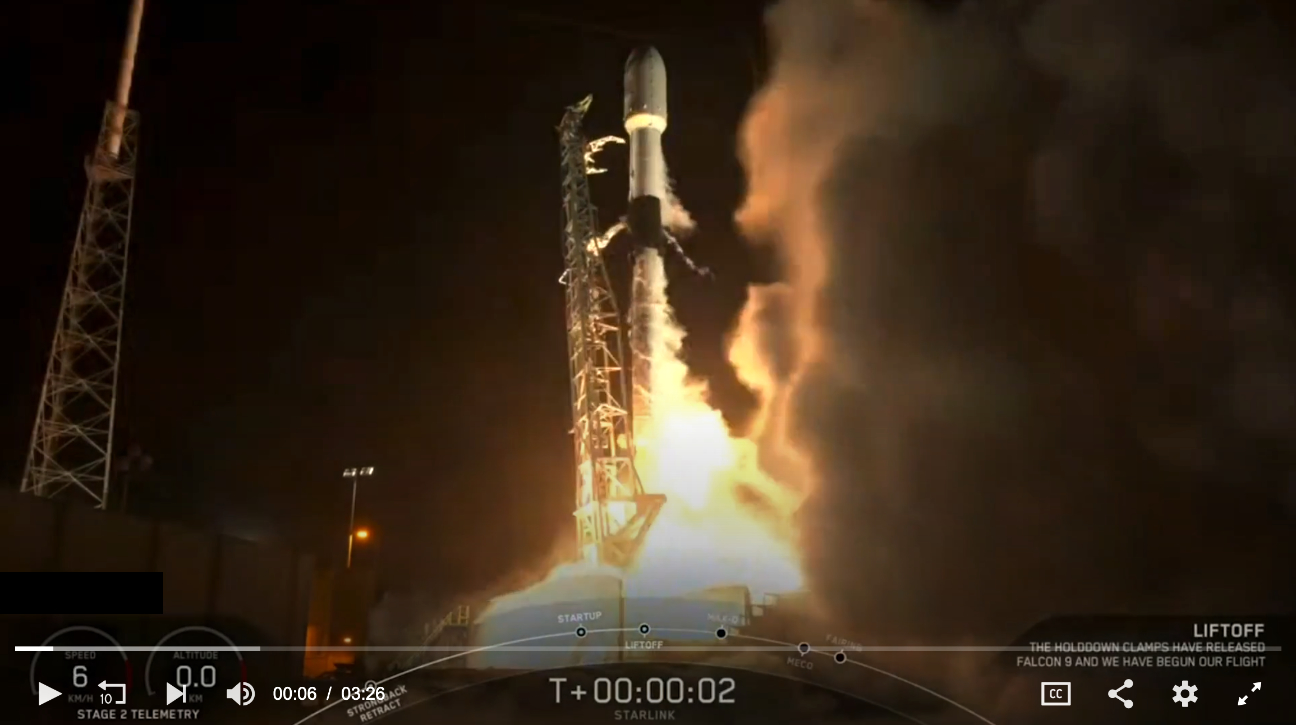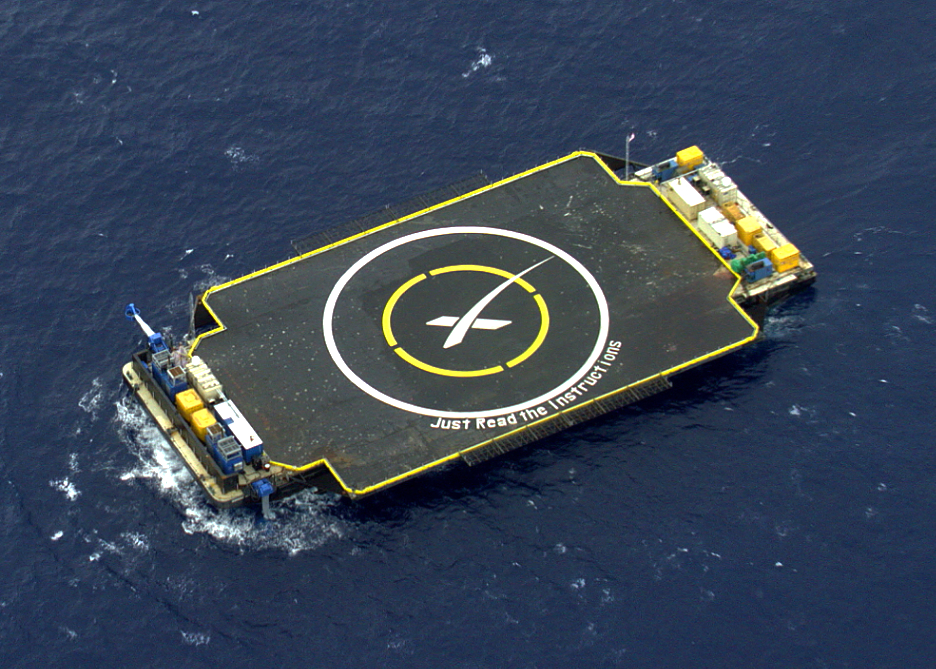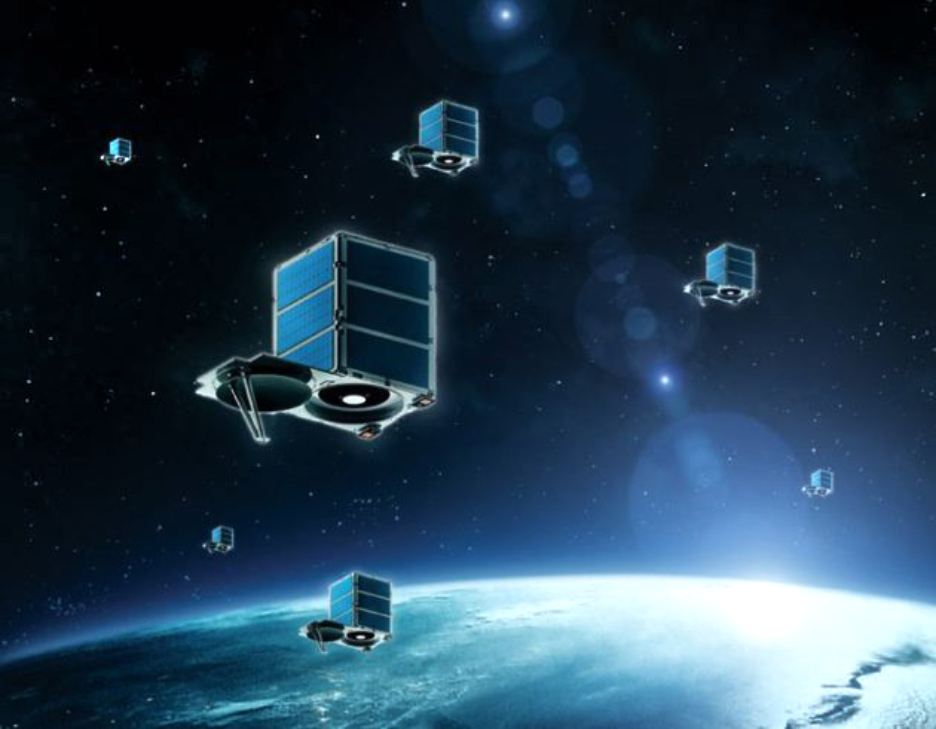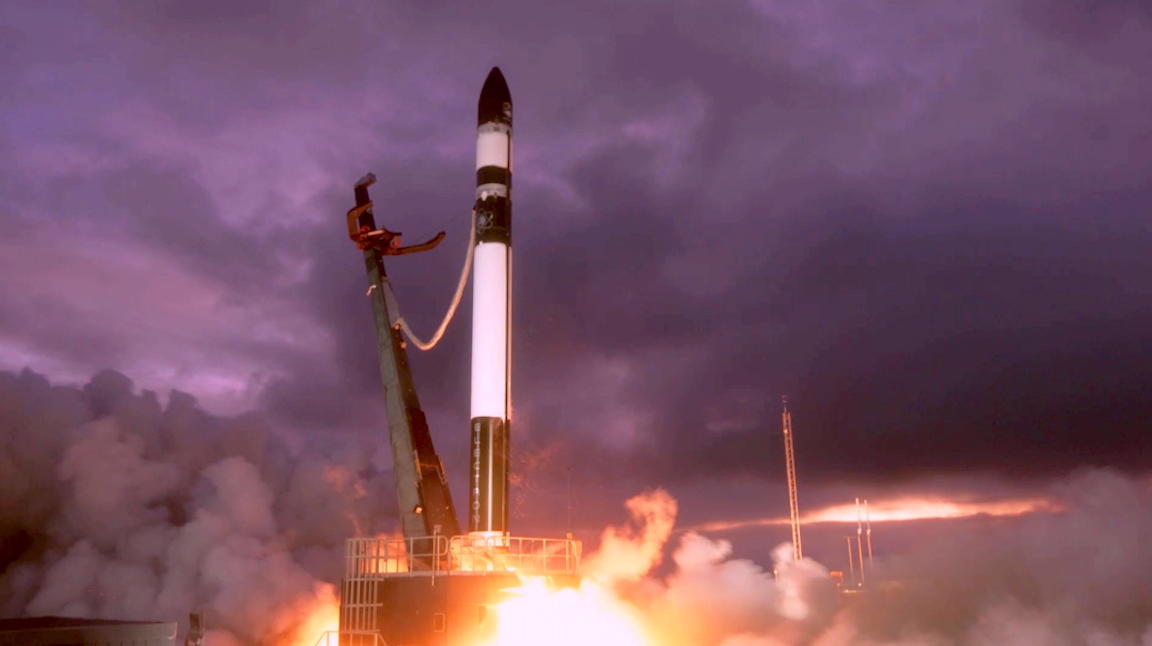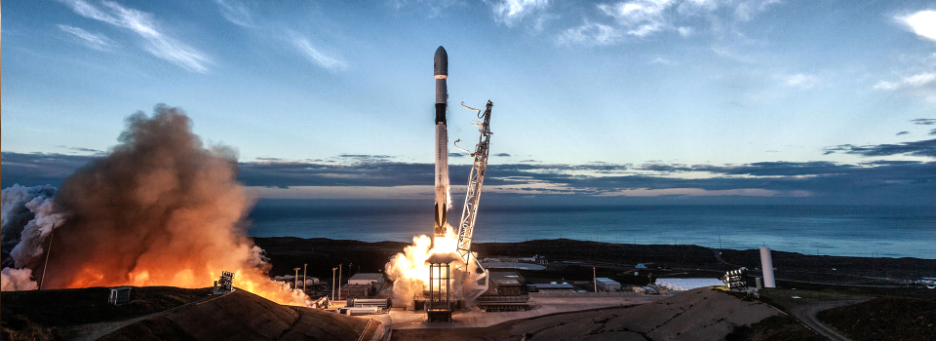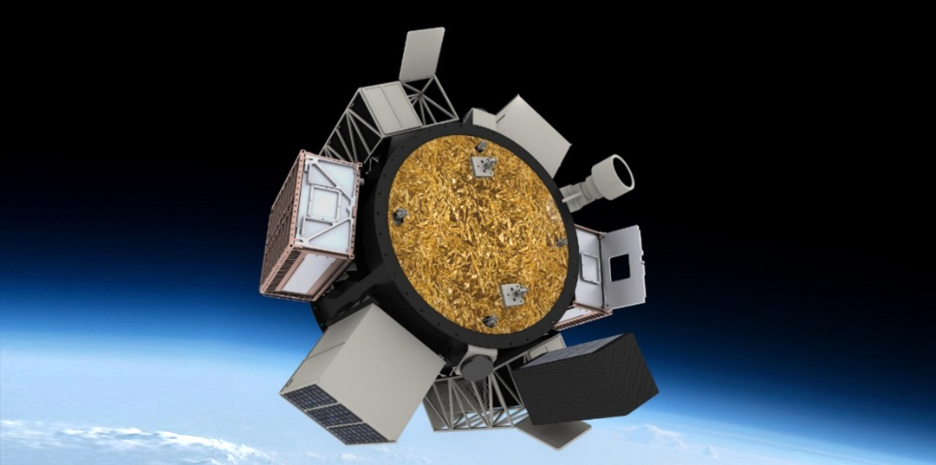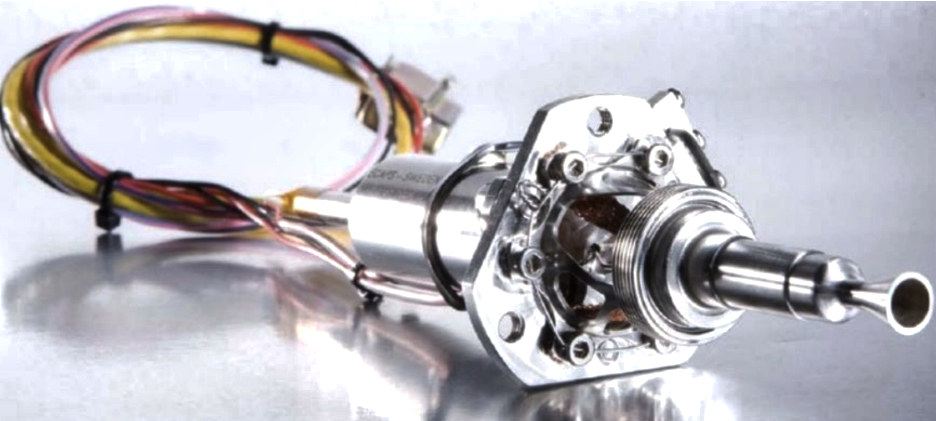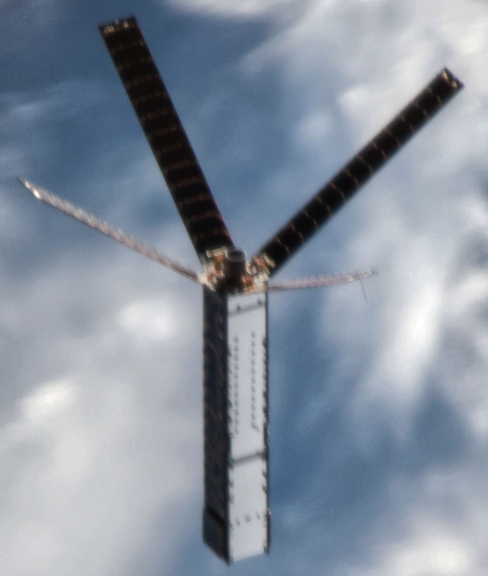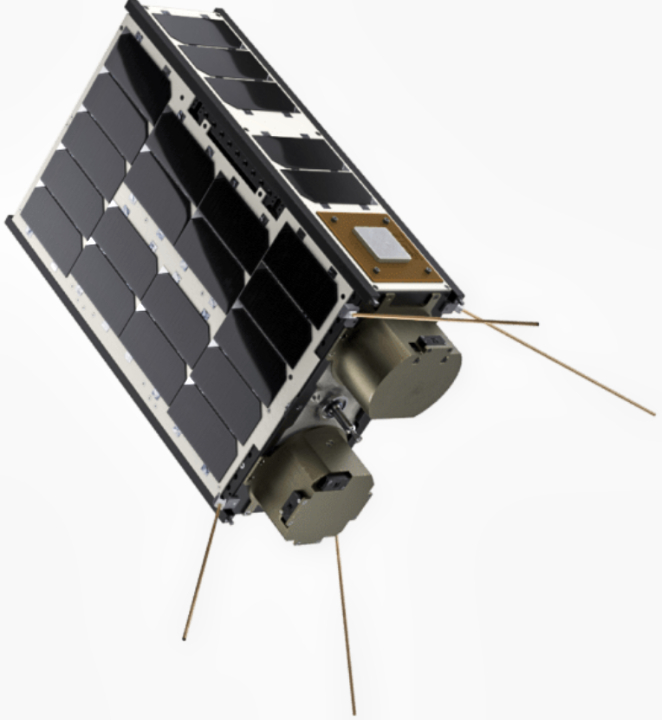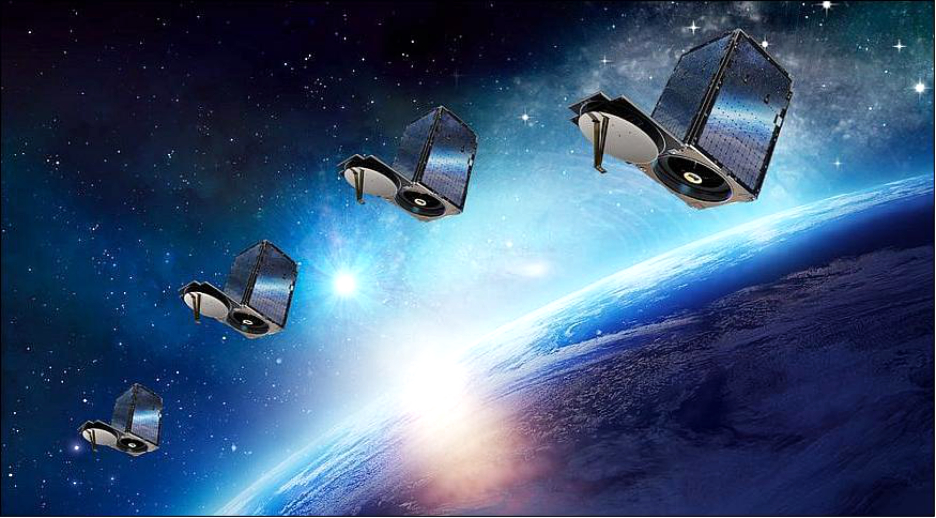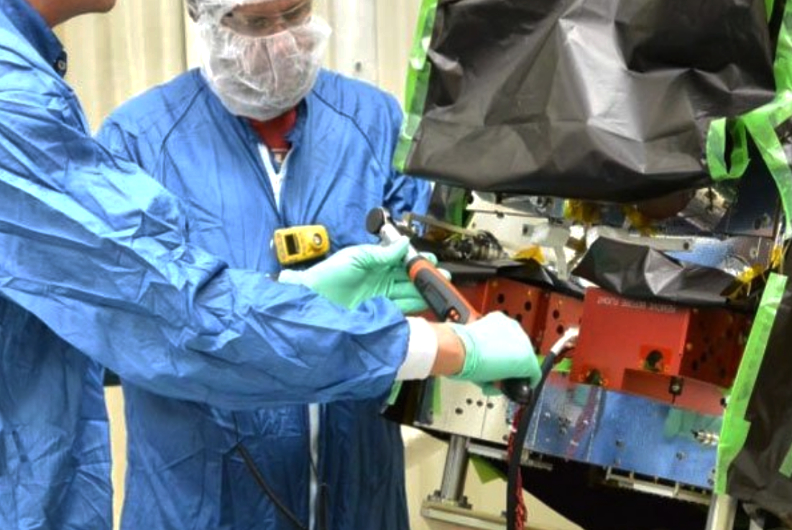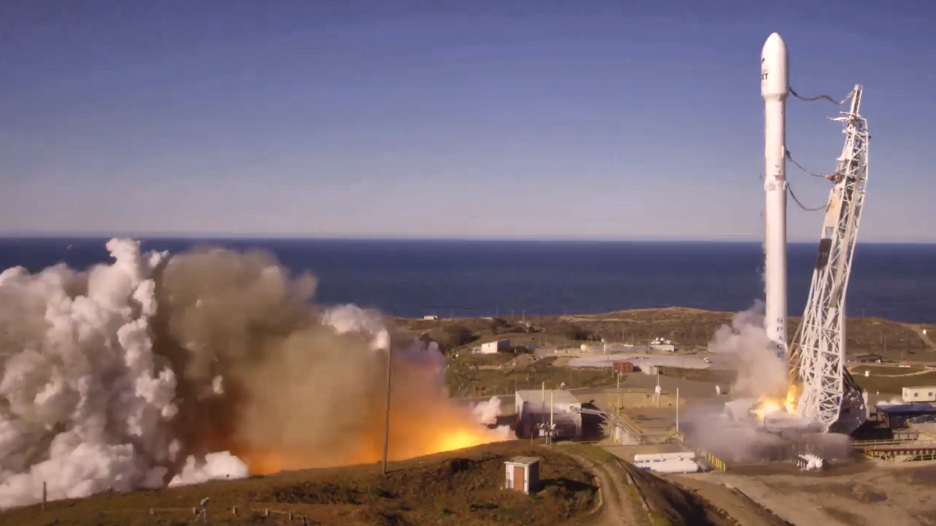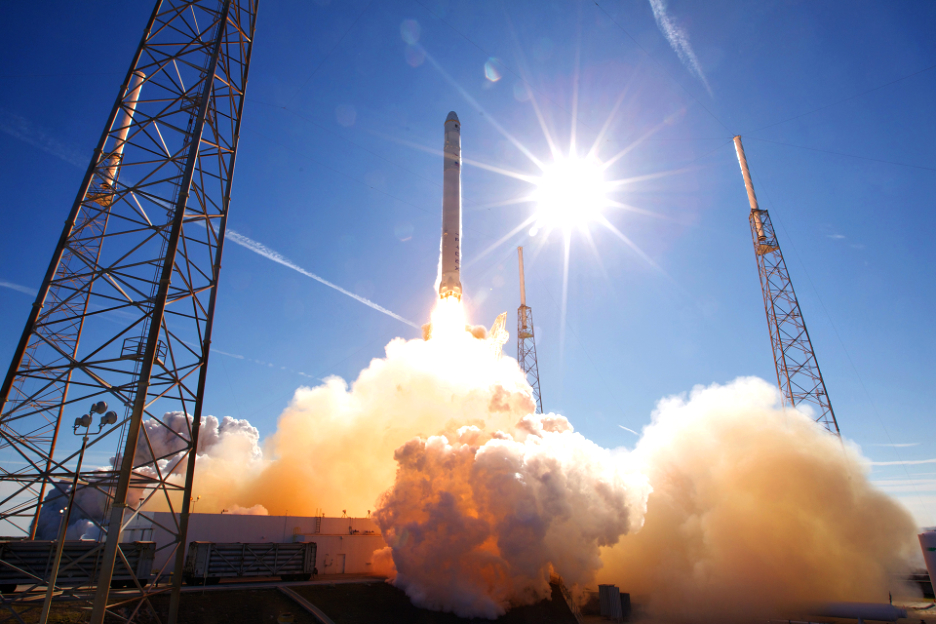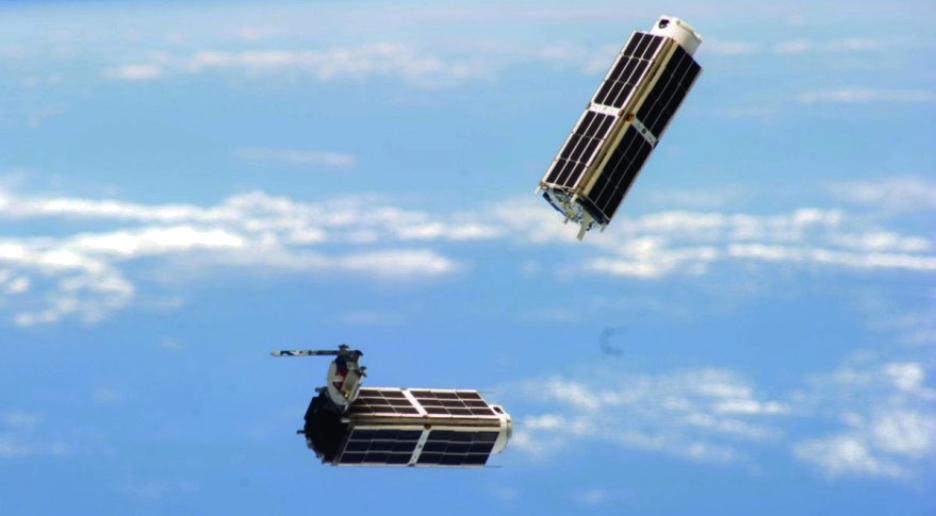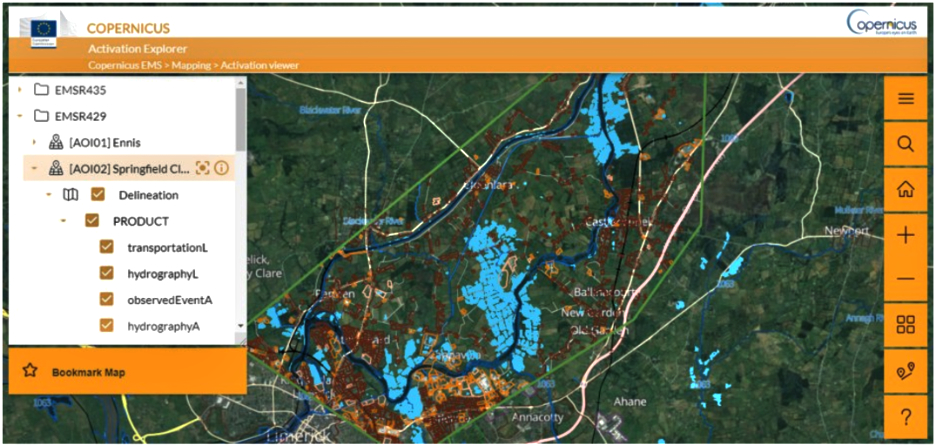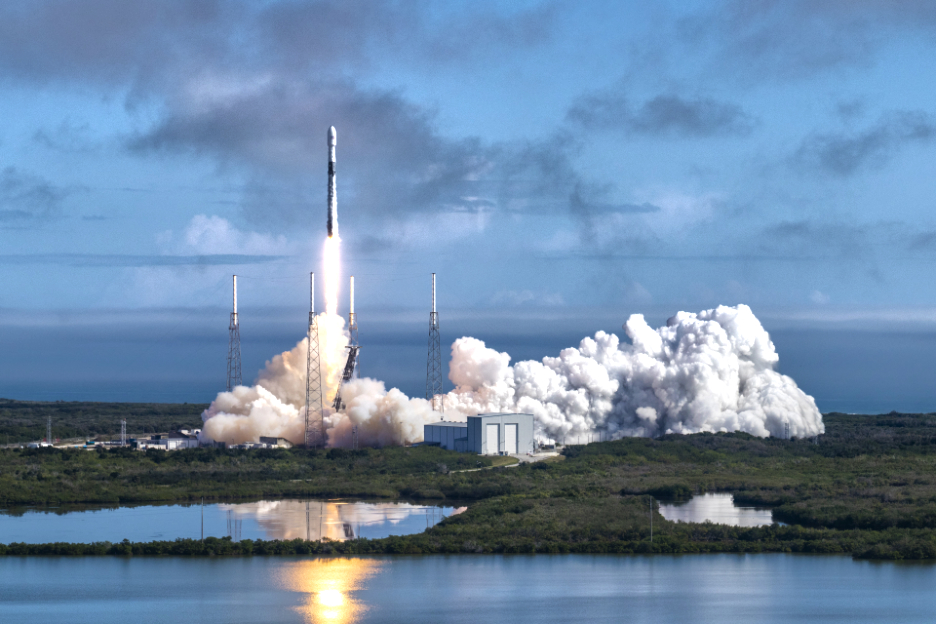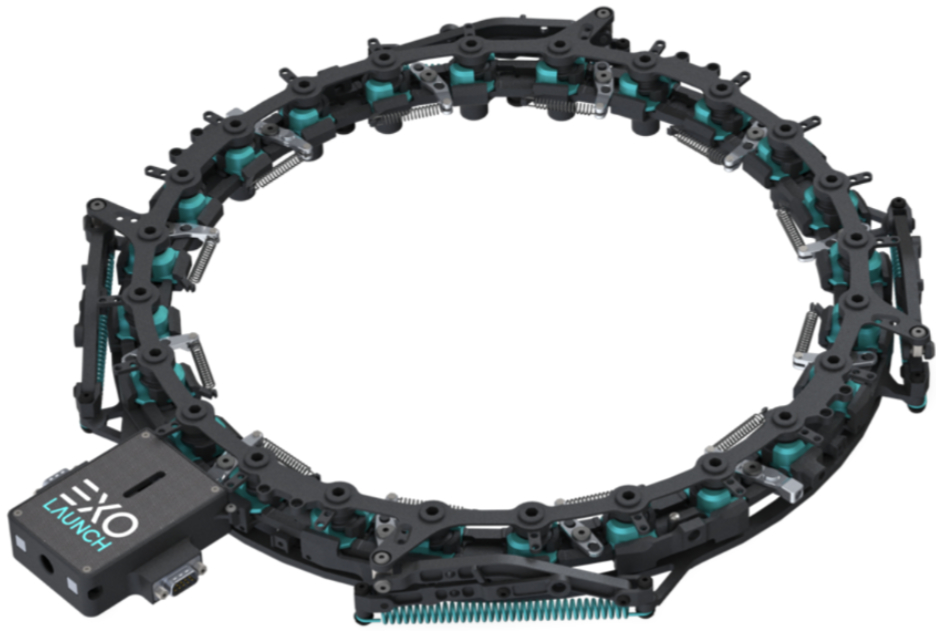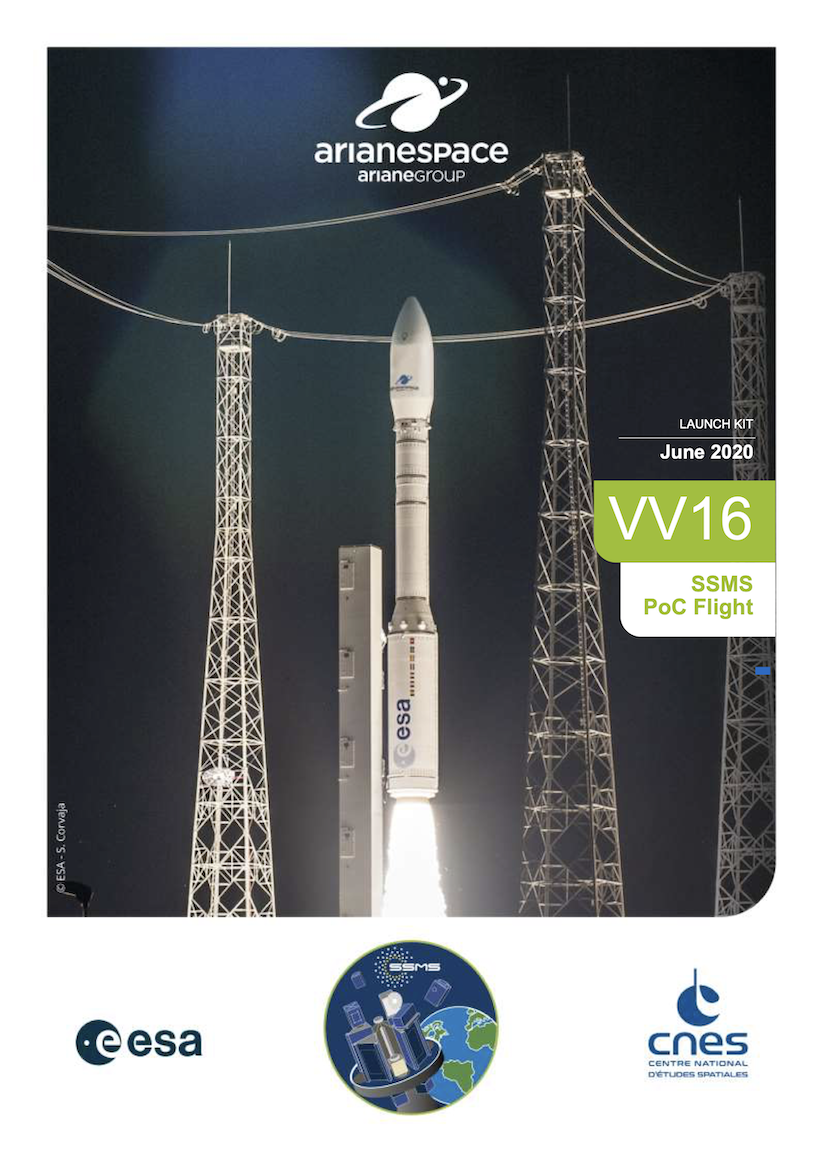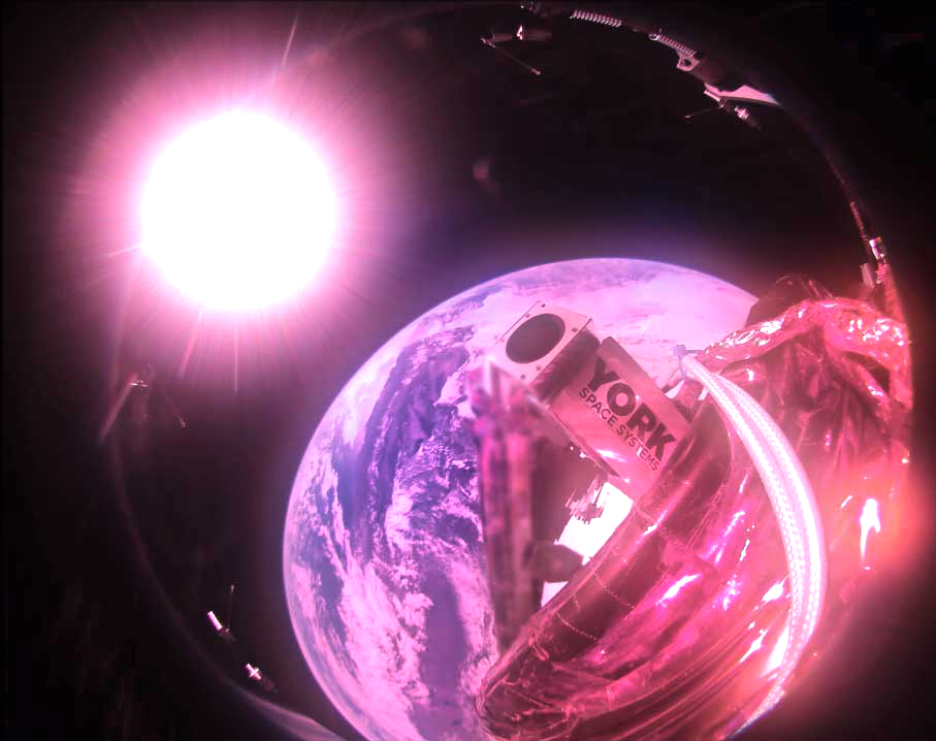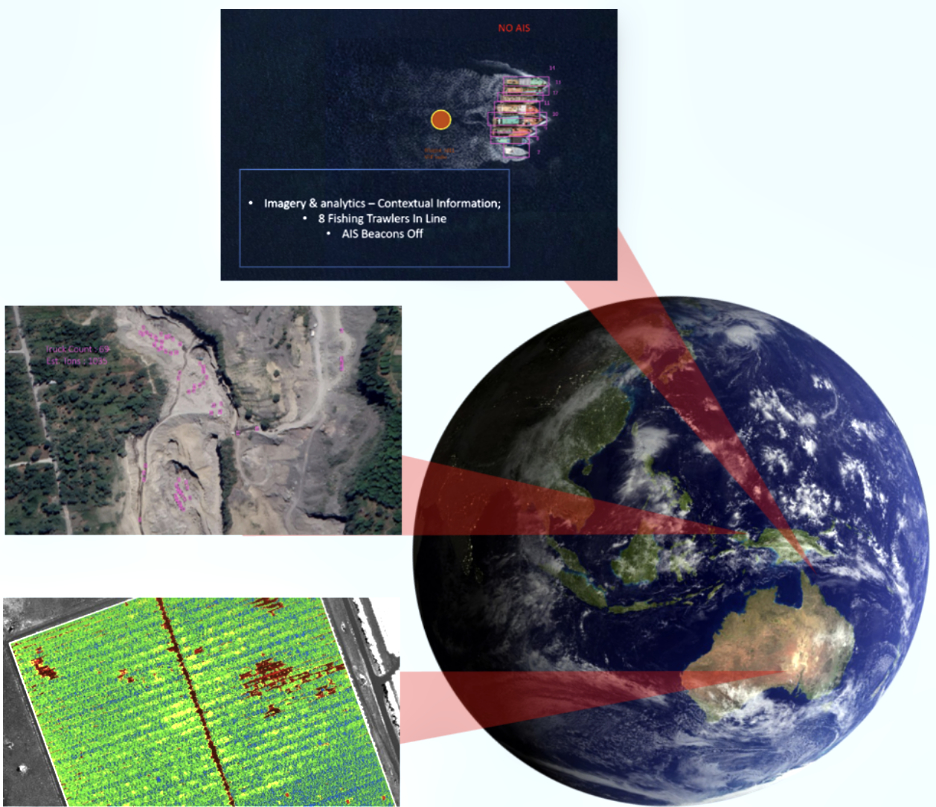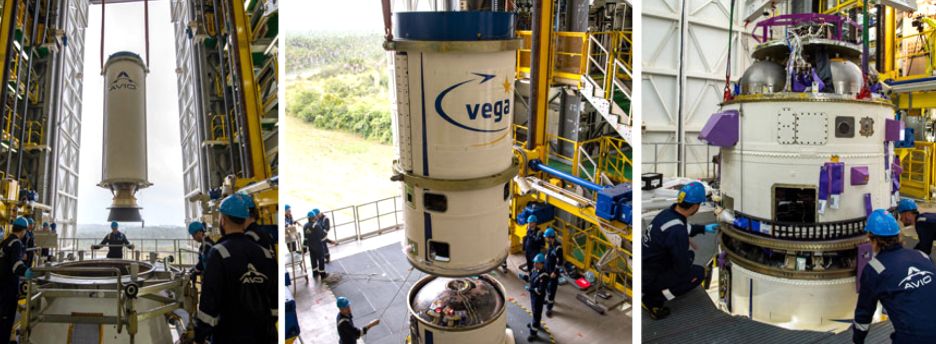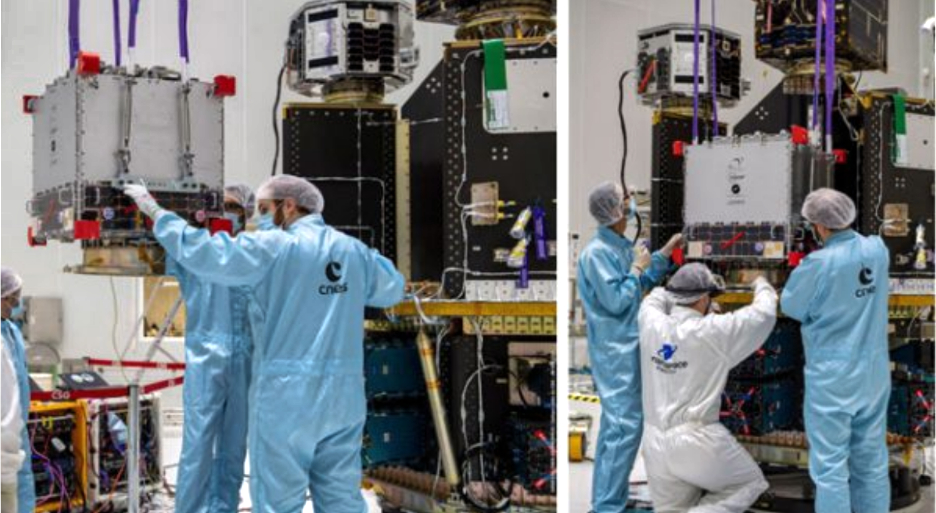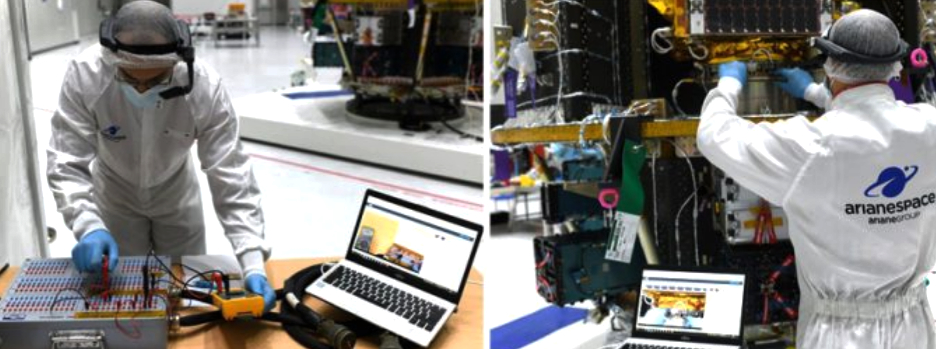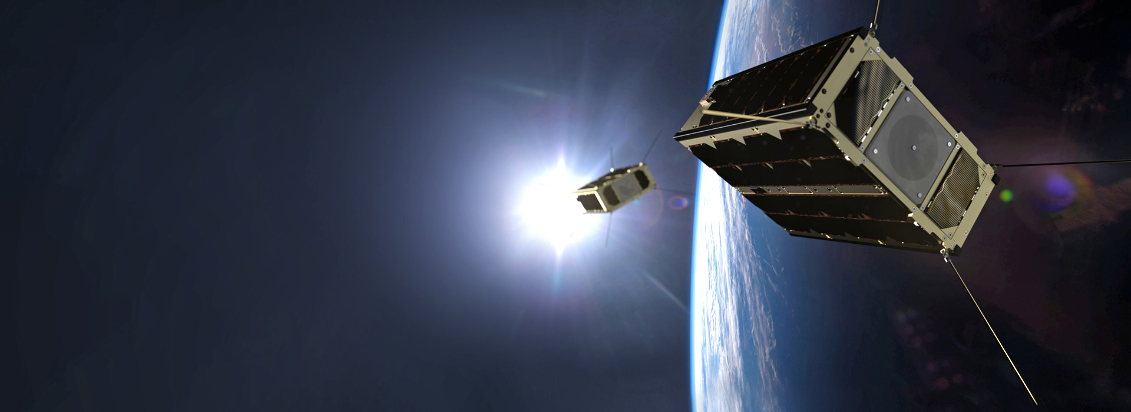Spaceflight Inc. has been acquired by Mitsui & Co., Ltd., in partnership with Yamasa Co., Ltd. — this acquisition is now complete with the final review of the Committee on Foreign Investment in the United States (CFIUS).
In February 2020, Spaceflight’s parent company, Spaceflight Industries, announced it had signed an agreement with the Japanese companies for the sale of the launch service provider, pending the CFIUS review. The review was completes in April and the acquisition finalized on June 12, 2020. Mitsui & Co. and Yamasa will have 50/50 joint venture ownership in Spaceflight, but the launch service provider will continue to operate as a privately held, independent U.S.-based company.
The acquisition is a unique opportunity for Spaceflight to further invest and expand its commercial and government rideshare launch services while Mitsui & Co. expands its portfolio to offer space services.
Since its founding in 2013, Spaceflight has launched a record-setting 271 satellites via 29 rocket launches, establishing itself as the leading rideshare service provider. The company offers comprehensive launch and integration services across a global portfolio of vehicles, including Falcon 9, PSLV, SSLV, Electron, Antares, and Vega.
Spaceflight successfully executed nine missions in 2019, the most rideshare launches the company has performed in one year, with four launches spanning 16 days across three continents. In 2018, Spaceflight executed its historic dedicated rideshare mission, SSO-A, which deployed 64 satellites from 17 different countries from a Falcon 9. The company also completed the first-ever rideshare mission to Geosynchronous Transfer Orbit (GTO) in 2019, launching the first privately funded lunar lander.
Spaceflight headquarters will remain in Seattle with Blake continuing to serve as the CEO and President, reporting to a newly formed board of directors established with a majority of U.S.-based persons.
Curt Blake, the CEO and President of Spaceflight, said the completion of this deal is an exciting step for Spaceflight. Joining the high-growth Mitsui & Co. portfolio positions Spaceflight to deliver and expand on the comprehensive launch services the company offers. The firm is exploring the development of new, standardized, deployment systems, new digital initiatives, and other programs that further help the company’s customers reliably and affordably access space, in the most flexible way possible. Spaceflight’s biggest priority, as always, is ensuring all customers are fully supported through this transition and the necessary steps are being taken to establish infrastructure to meet their needs.
Tomohiro Musha, GM of Transportation & Machinery Business Div. IV in Mitsui & Co., added that Spaceflight has contributed significantly to the space industry, pushing boundaries and achieving great success making rideshare a credible and reliable option for smallsat launches. The acquisition of this industry leader will allow the company to expand business in exciting new ways.
